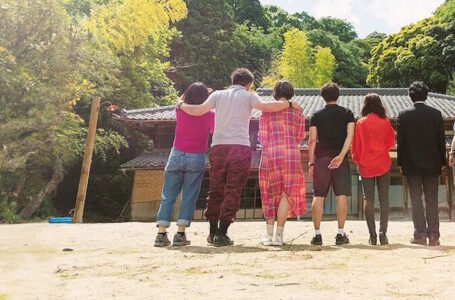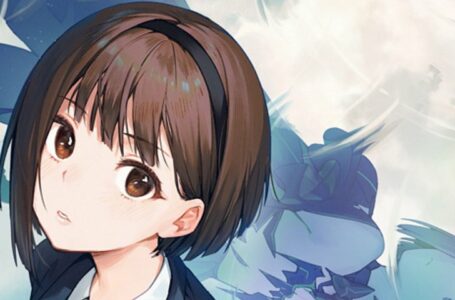Real Life Root Film: Ohda City
Kadokawa Games’ Root Film, much like its spiritual precursor Root Letter, is as much an interactive tourist guide to Shimane Prefecture in Japan as it is adventure game and visual novel.
In the third chapter of protagonist Yagumo’s story, the gang pays a visit to Ohda (also written Ōda), a city found on the western coastline of the prefecture. To the north is the Sea of Japan, and to the south are the Chūgoku Mountains. It’s quite a bit larger than Tsuwano, but a fraction of the population of Matsue.
Getting started with Root Film? Check out our guide to the first case!
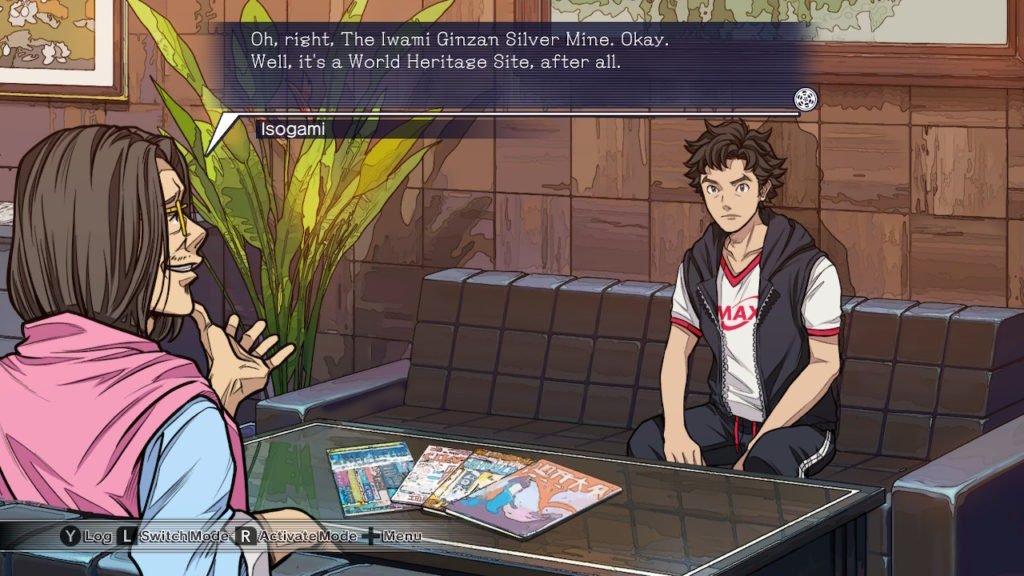
Ohda has a very different feel to Tsuwano. While Tsuwano is steeped in tradition, with its nickname “the little Kyoto of San-In” reflecting this, Ohda was only founded as a city in 1954 and as such is a relatively modern settlement — at least in its current form which we see in Root Film.
This isn’t to say there was nothing there prior to the founding of the city, mind; in ancient times, the location of present-day Ohda was a meeting point of three transportation routes, and as such was a popular centre of commerce; numerous market towns occupied the area.
Perhaps more significantly, Ohda is home to the Iwami Ginzan Silver Mine, which was the largest mine of its type in Japanese history and remained active between 1526 and 1923 — an astonishingly lengthy period of time. Today, the mine is a popular tourist destination and a World Heritage site — and it’s mentioned in these terms in Root Film.
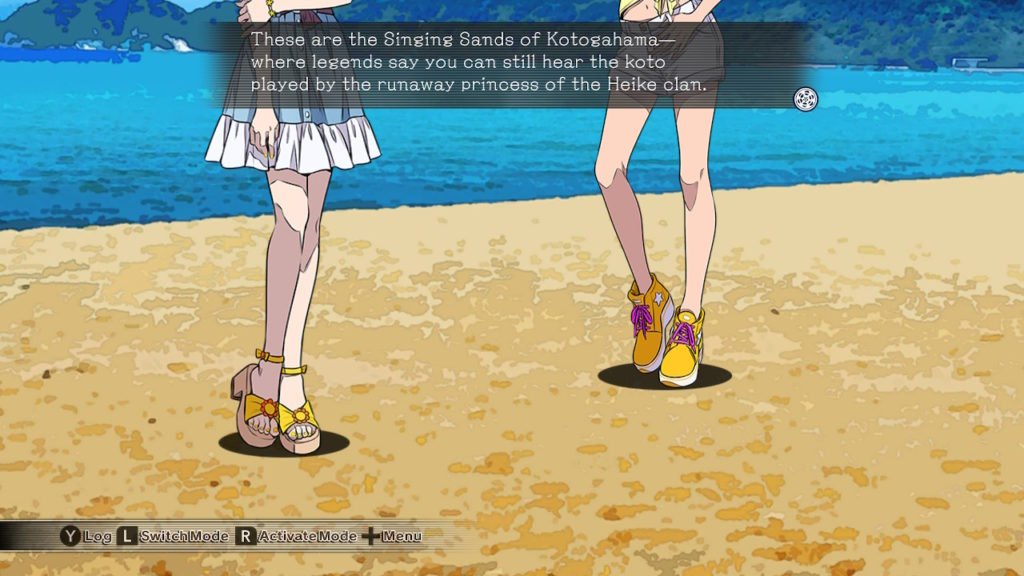
Another fascinating destination in the area is Kotogahama, a beach that is famous for its “singing sands”. Something about the composition of the sand in the area means that if you drag your feet over the surface of the beach, it makes a quasi-musical tone. It’s conjectured that it’s something to do with sand composed from quartz with rounded grains, but the phenomenon is not fully understood — rather, it’s something that is simply enjoyed as a soundscape. Amakata and Magari in Root Film both enjoy it in this way when you pay it a visit.
There are around 30 beaches that have a similar “singing” effect around Japan. In 1996 the Japanese Ministry of Environment placed the “singing sand” of Kotogahama on an official government list of the 100 best soundscapes in the country — partly in an attempt to bring attention to the increase in noise pollution that urbanisation brings, but also simply to celebrate this strange and wonderful phenomenon.
Soundscapes are important to Japanese culture, as different sounds carry with them distinctly different associations. You’ve likely noticed some of the more well-known soundscapes being used in Japanese popular media over the years — with probably the most famous being the sound of cicadas in summer. Unsurprisingly, with much of Root Film unfolding in the summer months, you can expect to hear this in the more “natural” locations you visit.
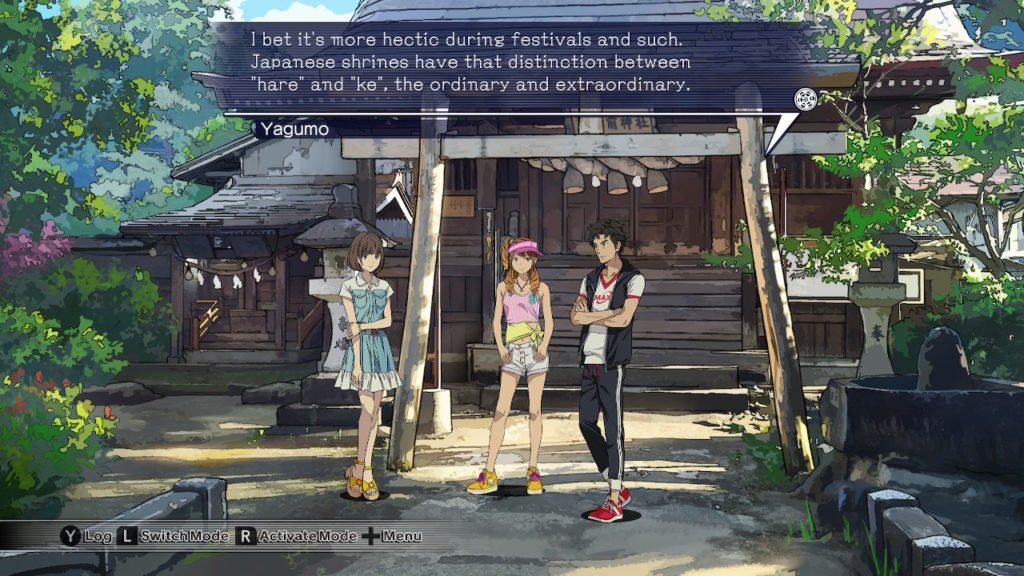
There’s a mythological connection with Kotogahama, too. A folk tale called Kotohime-densetsu (The Legend of Princess Koto) tells the story of the Heike clan princess being washed up on the shores of what is now Ohda city after the final battle between her clan and their great rivals of the Genji clan. (This is a conflict that will be familiar to fans of PC Engine games, but that’s a story for another day.)
Far from home, the princess had no-one to turn to but the locals, and they were good enough to help her and nurse her back to health. In gratitude, she played the Japanese harp known as the koto every day on the beach. As the legend has it, the sands of the beach started singing like the sound of the koto after the princess died, leading the locals to posthumously name her “Kotohime” (Princess Koto) and the beach on which she played Kotogahama.
Since Ohda is famous for its singing sands, it plays host to a sand museum — specifically, the Nima Sand Museum, which opened in 1991 and is one of the most distinctive structures in the area thanks to its construction from six crystal glass pyramids. The museum’s centrepiece is the largest hourglass in the world; said hourglass is 21 metres high and 17 metres across. It measures the duration of a year and is known as Sunagoyomi.
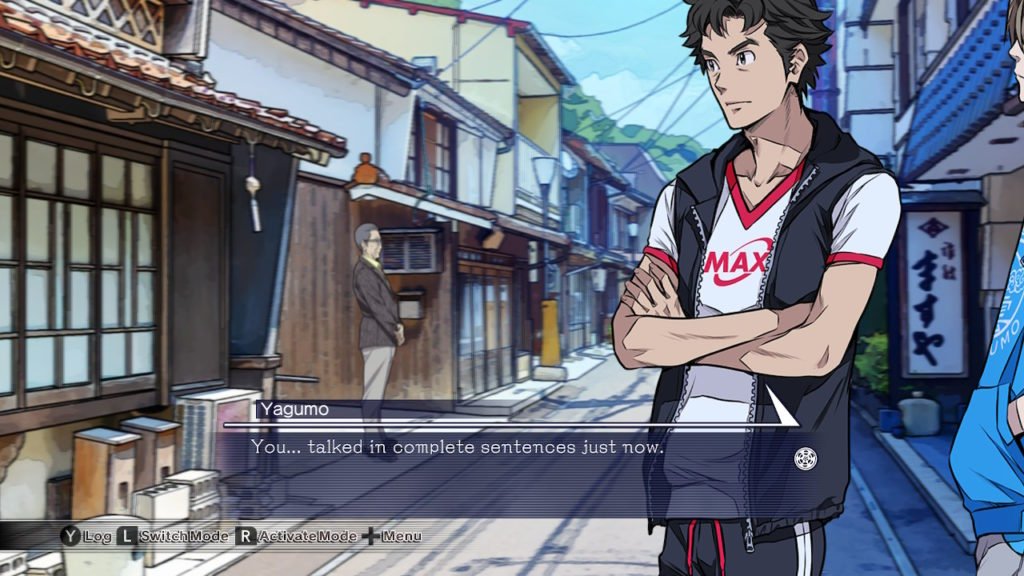
If you’re paying Ohda a visit, you can actually stay in the Masuya Inn that Yagumo and company base themselves at in Root Film. It’s a two-star hotel that seems to be well regarded by its visitors if Google reviews are any indication, and is well loved for its convenient location. If you want to sightsee in Ohda, Masuya is seemingly a good place to base yourself.
You’d just better hope you don’t get mixed up in the sort of shenanigans Yagumo and the gang end up involved in!
Join The Discussion
Rice Digital Discord
Rice Digital Twitter
Rice Digital Facebook
Or write us a letter for the Rice Digital Friday Letters Page by clicking here!
Disclosure: Some links in this article may be affiliate links, which means we may earn a small commission if you make a purchase after clicking on them. This is at no additional cost to you and helps support Rice Digital!
- Letter from the Editor: passing the torch - June 30, 2023
- Super Woden GP 2 is looking promising - June 30, 2023
- Inti Creates is making a 32 bit-style Love Live action platformer - June 26, 2023




